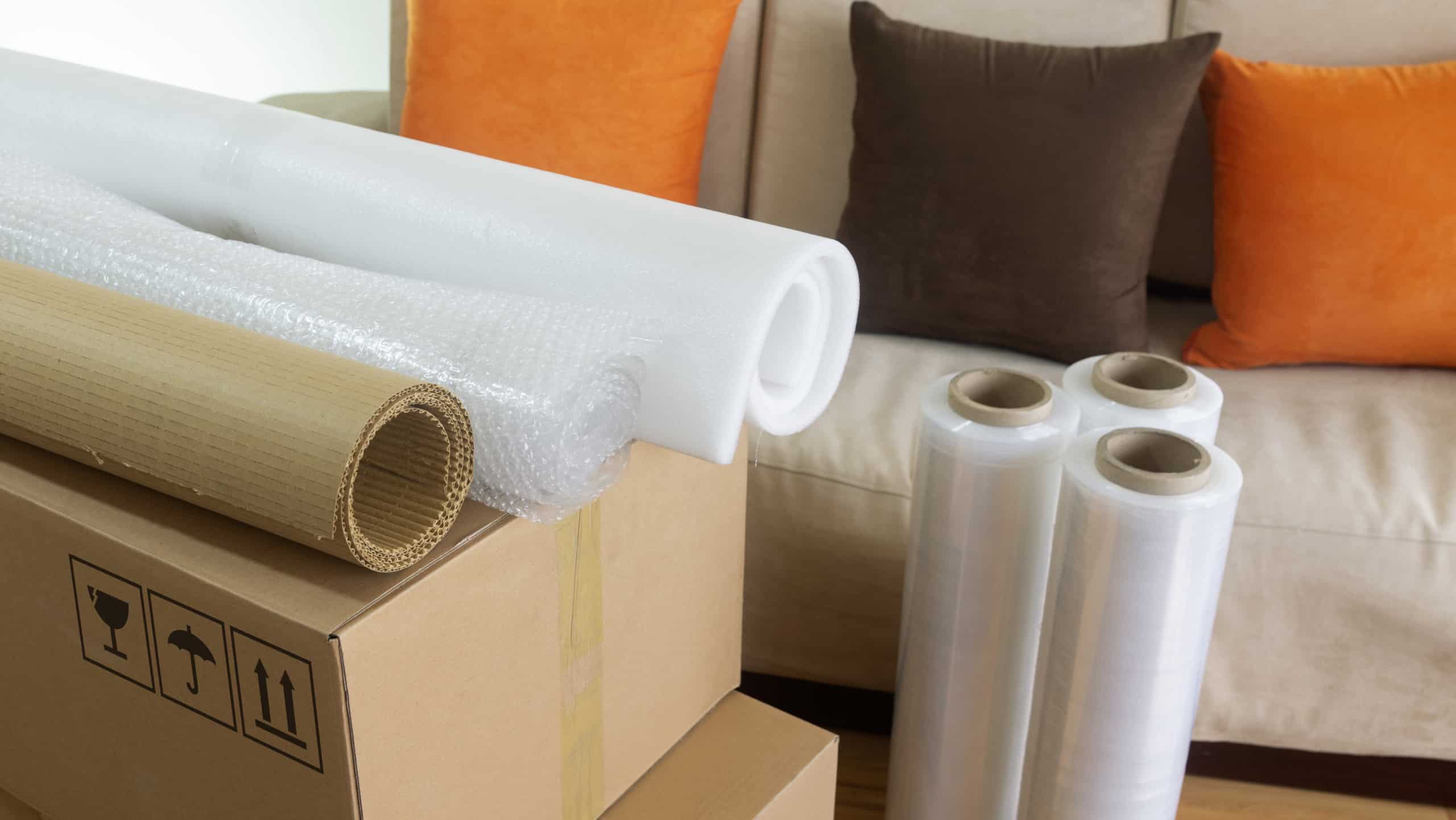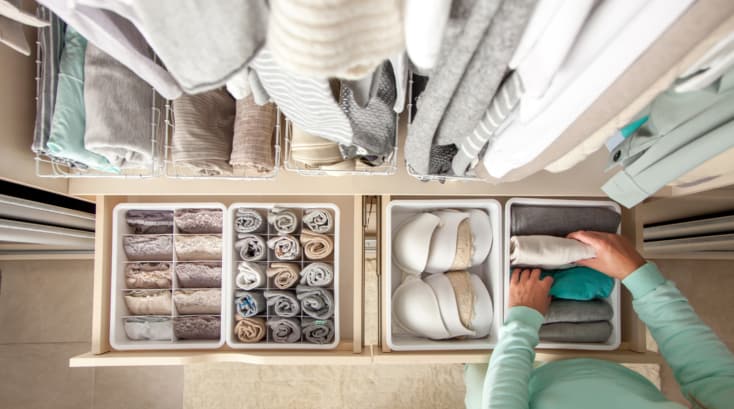If you’re planning to store your furniture for a long time, you should keep a few things in mind to ensure that your furniture stays in good condition. Here are five helpful tips for preparing your furniture for storage.
Packing furniture for long-term storage requires more attention than packing for a move or short-term storage. You need to consider protecting your furniture and reducing the risk of mould.
SMARTBOX Storage has shared 5 tips on how to pack furniture for long-term storage. By following these tips, you can protect your items, whether in a storage unit for a month or years. With these tips, you can keep your furniture from getting damaged and ensure it stays in good condition.
5 Top Tips for Packing Furniture for Long-Term Storage
Clean and prepare.
Thoroughly cleaning your furniture before packing is crucial. Dust, dirt, and moisture can cause mould or mildew growth, damaging your valuable pieces. To clean your furniture before storage, use a gentle cleaner appropriate for each item’s material. Let it dry completely before packing it.
Mixing one part bleach to three parts water or substituting the bleach for white vinegar is one recommended cleaner.
Consider applying a coat of furniture polish or wax before storage to protect wooden furniture. This additional layer is a barrier against dust and moisture, preserving the wood’s quality. Use a leather conditioner to maintain suppleness and prevent cracking for leather upholstery.
It is important to use packing materials of high quality.
Investing in high-quality packing materials is essential when protecting your furniture from scratches, dents, and other damage during storage.
Don’t settle for anything less than sturdy, clean, and well-maintained moving boxes in various sizes. Once you have the right boxes, wrap each piece of furniture in soft blankets, bubble wrap, or furniture pads to provide unbeatable cushioning and prevent scratches.
Using packing tape, ensure that all protective materials are securely fastened so they won’t shift during transportation or storage.
Due to their thin cardboard and low-hold glues, you risk broken boxes during moving or over time with low-quality packing materials. So invest wisely in higher-quality materials now, and give yourself the peace of mind that comes with knowing your furniture is well-protected.
Disassemble and label.
Disassembling large furniture pieces such as bed frames, tables, and shelving units is a great idea for moving. Not only does it make the process faster and save storage space, but it also helps to keep your furniture secure during transportation.
Ensure you keep copies or photos of the assembly instructions and place screws and tools in a sealed bag secured to the furniture.
As for packing, group similar items together or pack them by room, and label each box clearly. Remember to label any boxes containing fragile items with the word ‘fragile’.
This is crucial as it will help anyone handling the boxes during the move know how to handle them carefully. So, take the time to pack everything properly and mark each box clearly, and it will make your move much smoother and hassle-free.
Protect and place everything with care.
When it comes to loading your furniture into a storage unit, make sure to plan the layout strategically. Start by placing heavier items on the bottom to provide stability and confidently stack lighter and more fragile pieces on top.
As you arrange your belongings, leave ample space around each item for air circulation. This will minimize the risk of mould and any damage. With these tips, you can confidently store your items easily and safely.
Frequently Asked Questions
What is the recommended way to store mattresses and bedding?
To ensure your mattresses and bedding remain in good condition, storing them upright, either against a wall or standing on their side, is recommended. Use breathable mattress covers or furniture pads to shield them against dust and moisture, as exposure to these elements could lead to mould growth. If you need to fold the mattress or bedding, do it evenly along its creases. However, it is best to avoid folding them if possible.
How can I prevent moisture and humidity damage to my wooden furniture?
Wooden furniture is prone to swelling, warping, and cracking when exposed to moisture and humidity. To prevent such damage, it is important to store the furniture in a climate-controlled unit like the one provided by SMARTBOX Storage and ensure that each piece is kept at a safe distance from the others. To provide additional protection to your wooden and leather furniture in long-term storage, you may also use furniture polish and waxes, which create a protective layer.
Is it necessary to purchase insurance for my furniture while it’s in long-term storage?
When storing your furniture, it’s important to consider purchasing insurance to safeguard against any potential damages or theft. Your storage facility may offer insurance policies, so it’s worth talking to SMARTBOX Storage to learn about your coverage options. This will enable you to find the most suitable insurance plan that meets your specific requirements and gives you the assurance and peace of mind you need.
Do I need climate-control storage facilities?
When storing furniture, it’s important to consider the impact of extreme temperatures and varying humidity levels. Furniture pieces are particularly prone to damage in such conditions. To protect your home goods, consider renting a climate-controlled storage unit. Extreme heat and frigid cold can cause warping, cracking, or melting of your items. High humidity levels can also foster mould or mildew growth on mattresses and other pieces, which may lead to rotting or swelling.



